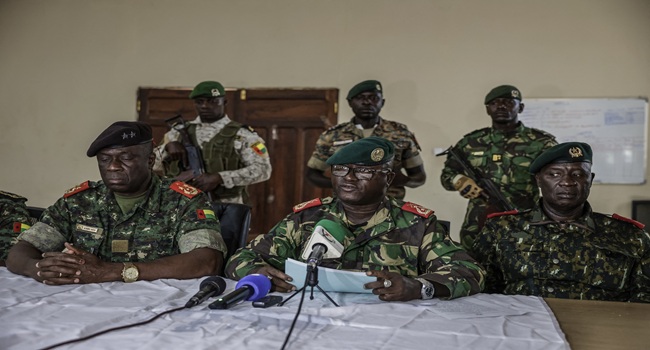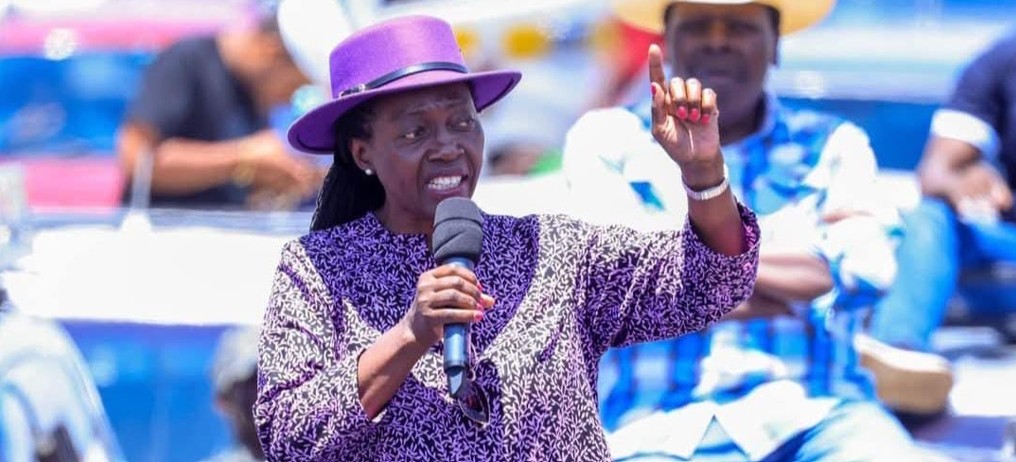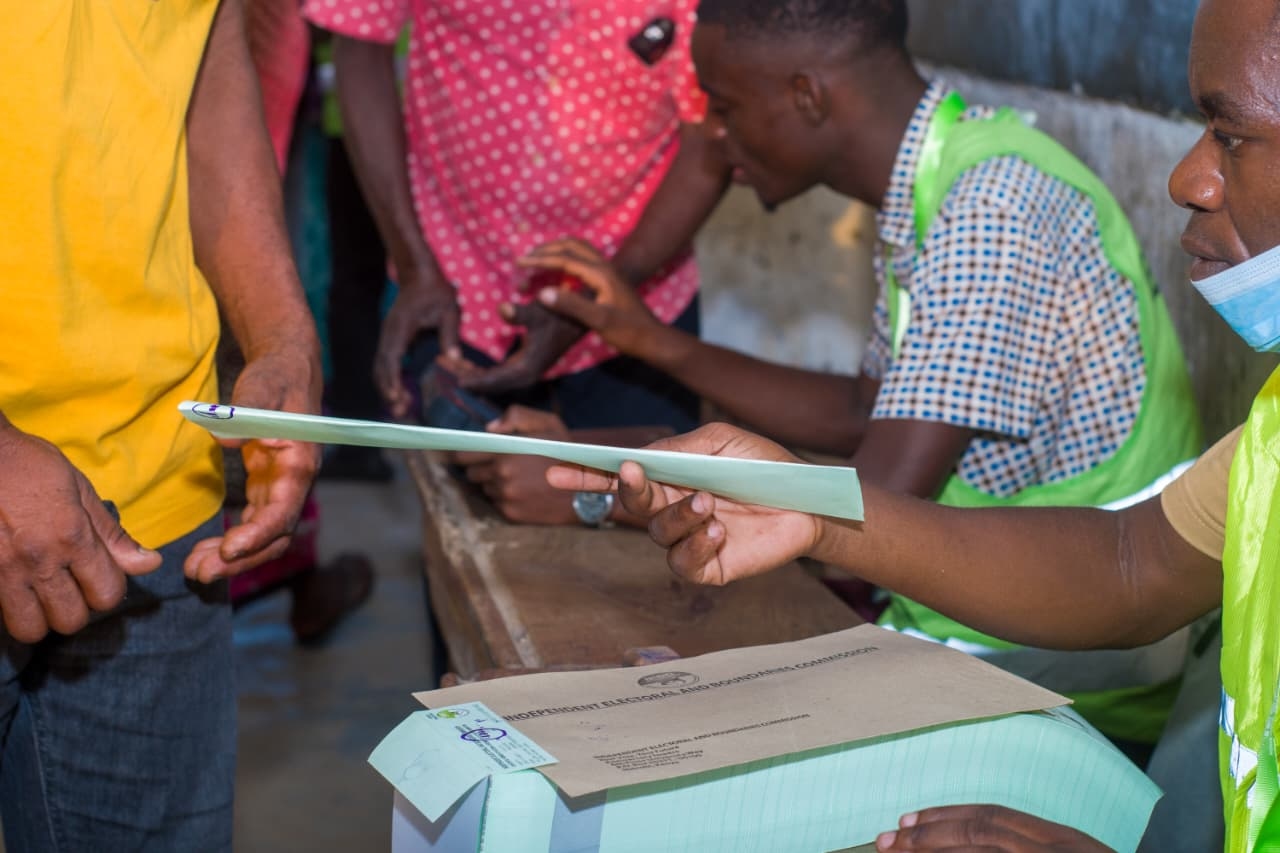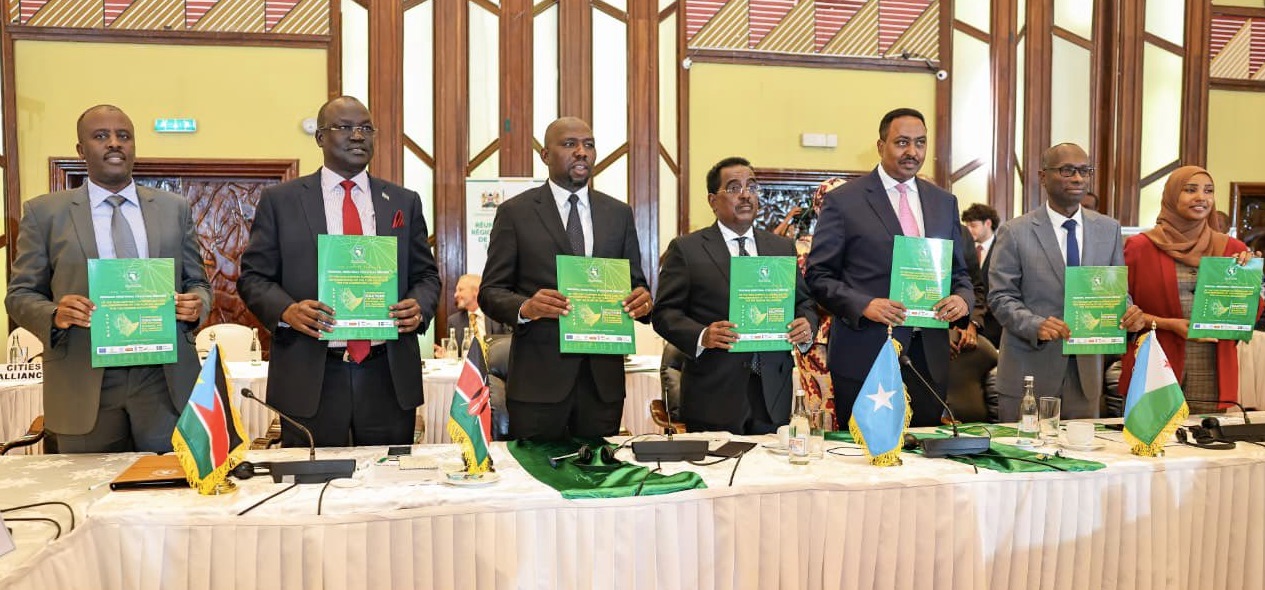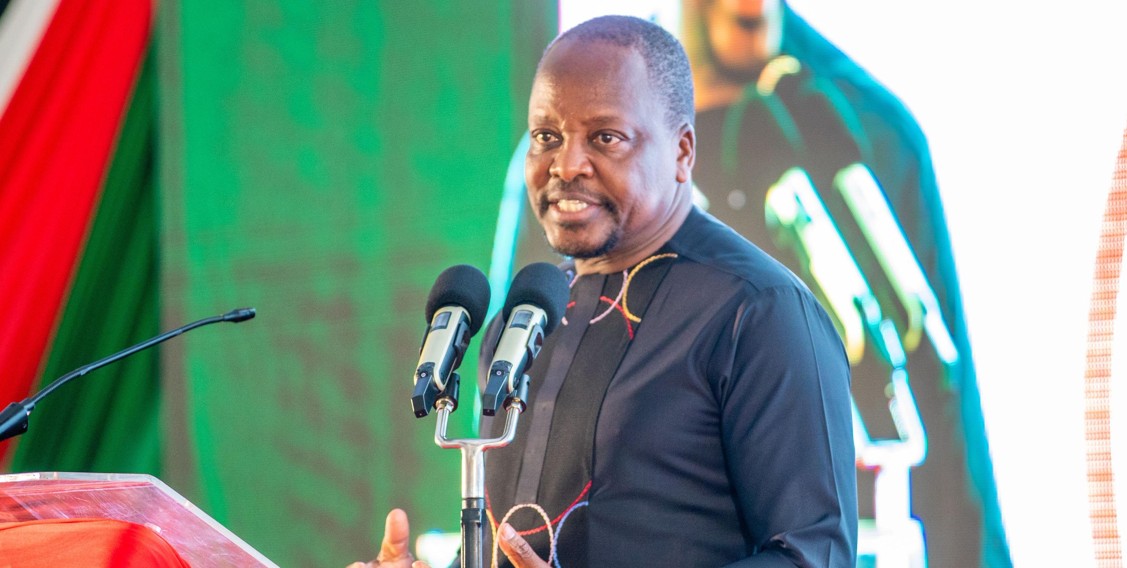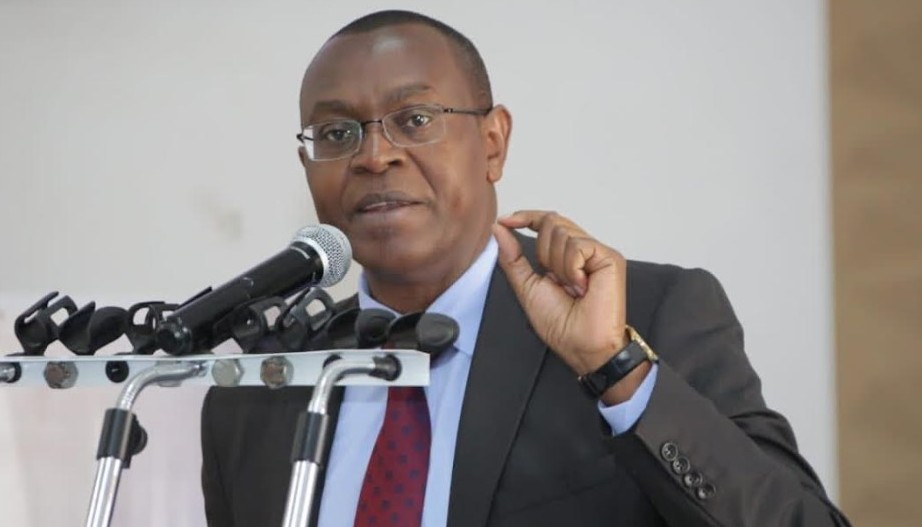World Bank urges shift to local currency loans in Africa
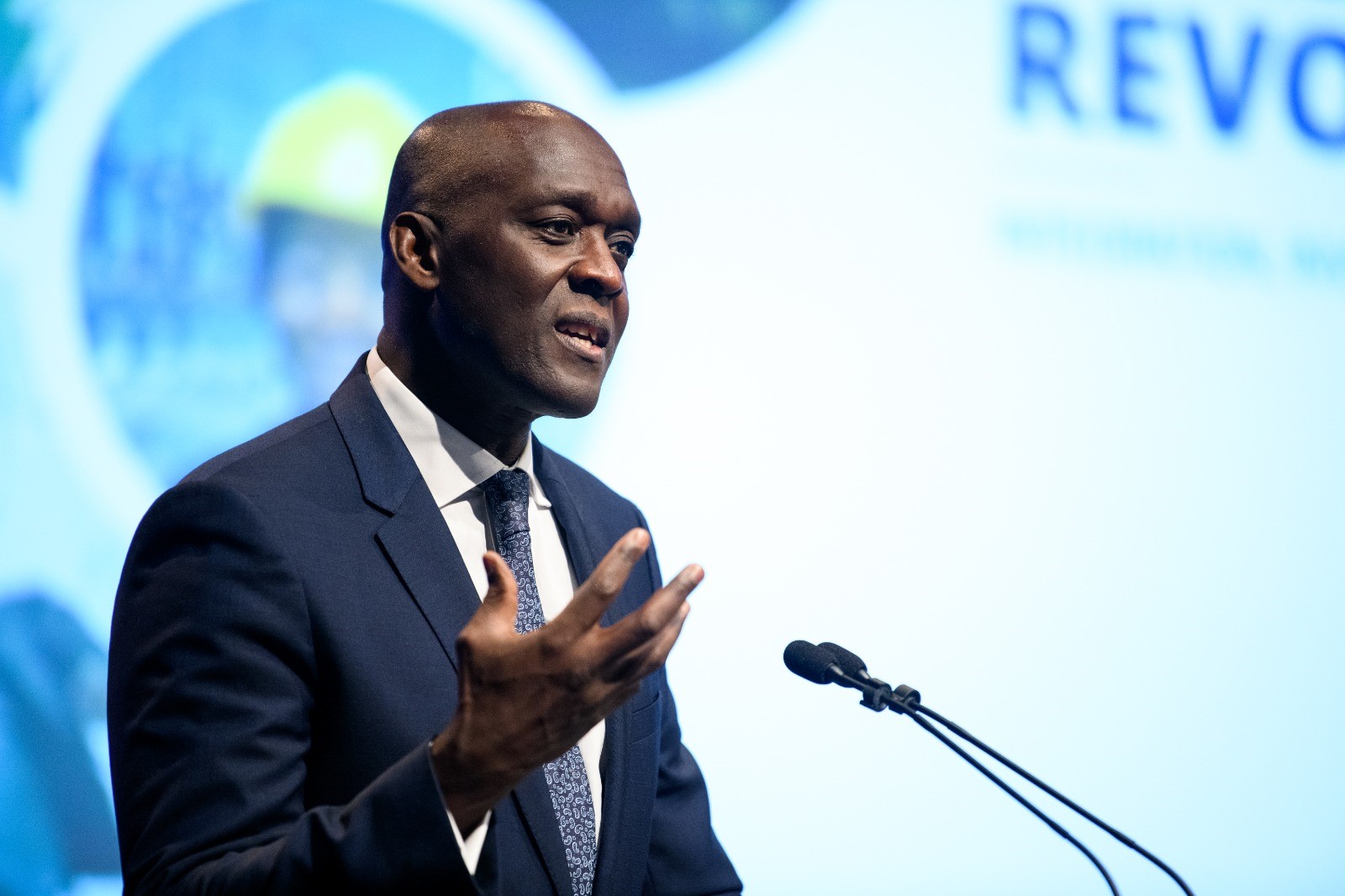
The continent accounted for over $15 billion (Sh1.9 trillion) of IFC commitments last year, with roughly 30 per cent already in local currencies.
World Bank’s investment arm, the International Finance Corporation (IFC), is stepping up efforts to expand local-currency lending across Africa.
According to the lender, this is part of the wider strategy to cushion economies from foreign exchange volatility and attract large-scale private investment.
More To Read
- Africa’s agricultural exports are losing ground: Four key interventions that could lift sector again
- World Bank sounds alarm as Kenya’s labour market weakens, wages fall and informal jobs surge
- World Bank upgrades Kenya’s growth outlook to 4.9 per cent, warns of elevated risks
- Residents to receive Sh500 million compensation for Isiolo-Garbatulla-Modogashe road project
- Africa’s share of global extreme poverty rose by 30 per cent in 10 years - World Bank
- Africa presses global financiers for bigger, better capital flows to power growth
The move comes amid a global squeeze in concessional financing and declining aid flows from wealthy nations, which have heightened the need for more resilient and self-sustaining financial mechanisms on the continent.
Speaking at the Africa Financial Summit in Casablanca this week, IFC Managing Director Makhtar Diop said the institution is keen on scaling up its local currency lending and direct investments in African companies.
He added that the institution is also deepening its partnerships with commercial banks to exchange dollar resources for local-currency credit lines.
The major goal is to help projects across the continent reach the scale needed to draw major global investors, addressing a key concern that has seen many external financiers shy away from committing resources to Africa.
“What investors tell us is that when we have assets of less than a billion, it doesn’t interest us,” he explained.
“When you talk to BlackRock, when you talk to all these people, they tell you that we need a certain volume so that they can invest in our countries and have long-term resources.”
The push marks a significant shift in the IFC’s approach to project financing on the continent, which has long been dominated by dollar-denominated loans.
Currency depreciation has often left African borrowers vulnerable, as repayment costs soar whenever local currencies weaken against the US dollar.
Data by the UN Trade and Development (UNCTAD) shows that in 2022, public debt in Africa reached $1.8 trillion (Sh232 trillion.
While this is a fraction of the overall outstanding debt of developing countries, Africa’s debt has increased by 183 per cent since 2010, a rate roughly four times higher than its growth rate of GDP in dollar terms.
By expanding lending in domestic currencies, the IFC hopes to ease these pressures while fostering financial market stability.
Economists note that the approach could provide a dual benefit, reducing exchange-rate risks for borrowers and encouraging greater private sector participation in development projects.
Local currency loans also tend to have stronger links to domestic financial systems, enabling deeper market integration and promoting savings mobilisation.
Diop emphasised that Africa needs interoperable financial systems, including connected stock exchanges, to achieve such integration and attract long-term institutional investors.
Africa has become an increasingly important focus for the IFC’s investment portfolio.
The continent accounted for over $15 billion (Sh1.9 trillion) of IFC commitments last year, with roughly 30 per cent already in local currencies.
Much of this was directed toward debt and trade finance.
Top Stories Today

